Refining equipment: types and processes
At Fude Machinery, we build three main types of oil refining machines. We do this because every business has a different need. Your choice depends on your production size, your budget, and your long-term goals. An international food group has very different needs than a small, family-owned oil mill. The three main types are batch, semi-continuous, and continuous refining systems.
Understanding the differences between them is the most important step in selecting the right equipment for your business’s success. This guide will explain each type to help you make the best choice.
Table of Contents
- What is a Batch Oil Refining Machine?
- What is a Semi-Continuous Oil Refining Machine?
- What is a Continuous Oil Refining Machine?
- How Do You Choose the Right Type for Your Business?
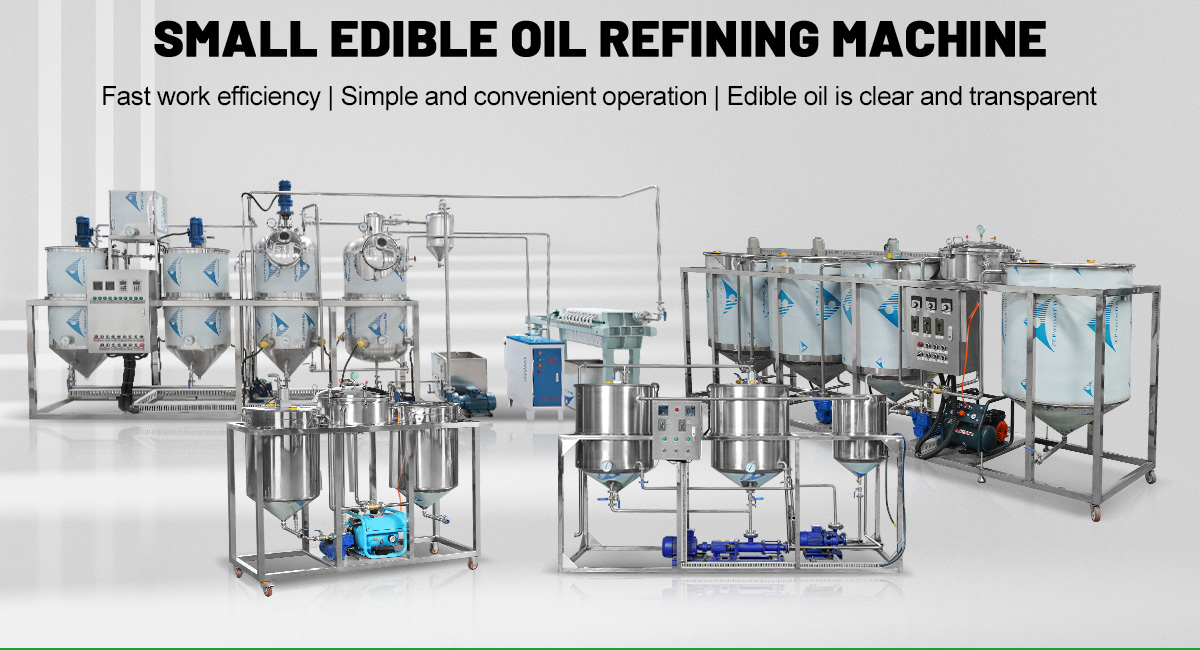
What is a Batch Oil Refining Machine?
A batch oil refining machine processes your crude oil one tank at a time. Think of it like cooking a large pot of soup on a stove. You fill the pot (the refining tank), complete all the processing steps (degumming, neutralizing, bleaching, deodorizing), and then empty the pot. Then you start the next batch. This method is simple, direct, and very effective for smaller quantities of oil. It is the most common entry point for businesses new to oil refining.
Who is a Batch Refinery For?
This type of oil refining machine is the perfect solution for you if you are:
- A small-scale oil mill processing 1 to 20 tons of oil per day.
- A new business or start-up entering the edible oil market.
- A producer of specialty oils, like walnut oil or avocado oil, where production volumes are smaller.
- A business that needs to refine several different types of oil, as batch systems are very flexible.
Key Advantages
- Low Initial Investment: Batch systems have the lowest upfront cost, making them accessible for businesses with a limited budget.
- High Flexibility: You can easily switch between refining different types of oil. You can run a batch of sunflower oil in the morning and a batch of soybean oil in the afternoon.
- Simple Operation and Maintenance: The process is easy to understand, and the equipment is straightforward to maintain, reducing the need for highly specialized staff.
Main Limitations
- Lower Efficiency for Large Volumes: The start-and-stop nature is less efficient than a continuous flow for very large quantities.
- More Manual Labor: It typically requires more operator involvement compared to fully automated systems.
What is a Semi-Continuous Oil Refining Machine?
A semi-continuous oil refining machine is the perfect middle ground. It combines some of the cost-effectiveness of a batch system with the higher efficiency of a continuous system. In this setup, some stages are still done in batches (like bleaching), but other stages, particularly deodorization, are done in a continuous process. The oil flows constantly through a deodorizing tower, which is more efficient for that specific step.
We offer this solution for growing businesses. Perhaps you started with a batch plant, and now your demand has increased. A semi-continuous plant is the logical next step. It allows you to increase your daily output and improve efficiency without making the huge investment required for a fully continuous plant. It provides a scalable path for your business’s growth, allowing you to improve your production capacity in a planned, manageable way.
Who is a Semi-Continuous Refinery For?
This type of oil refining machine is an excellent choice for you if you are:
- A medium-sized oil processing plant with a daily capacity of 20 to 50 tons.
- A business that is outgrowing its batch system and needs higher throughput.
- A producer who wants to improve the efficiency and quality consistency of specific steps, like deodorization.
Key Advantages
- Improved Efficiency: The continuous deodorization step is more energy-efficient and produces a more consistent product than batch deodorizing.
- Scalable Solution: It is a great upgrade path from a batch system, allowing for phased investment as your business grows.
- Balanced Cost and Performance: It offers a better return on investment than a batch system for medium-scale production, without the high cost of a fully continuous plant.
Main Limitations
- More Complex than Batch: The operation and maintenance are more technically demanding than a simple batch system.
- Higher Initial Cost than Batch: The investment is higher due to the more complex equipment like the deodorization tower.
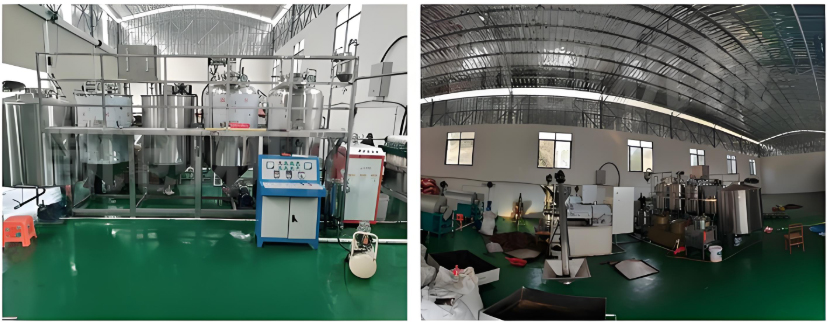
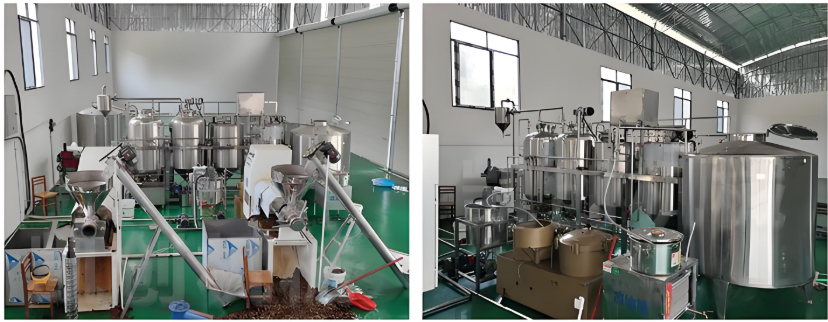
What is a Continuous Oil Refining Machine?
A continuous oil refining machine is a fully automated, industrial-scale system. In this plant, crude oil flows in a non-stop stream, 24 hours a day, 7 days a week. Every single stage of the refining process—from degumming to deodorizing—is continuous. Think of it as a large, highly efficient factory assembly line just for oil.
All operations are controlled by a central PLC (Programmable Logic Controller) system, which minimizes the need for manual labor and eliminates human error.
This is the technology used by the world’s largest edible oil producers. We design and build these large plants as part of a complete oil mill plant. The goal here is maximum efficiency and the lowest possible operating cost per ton of oil. The initial investment is significant, but for large volumes, the long-term savings in labor, energy, and yield make it the most profitable option.
Who is a Continuous Refinery For?
This type of oil refining machine is designed for you if you are:
- A large edible oil corporation or industrial group.
- A processing plant with a daily capacity of 50 tons or more, often reaching hundreds of tons per day.
- A business focused on processing a single type of oil in very large quantities (e.g., a dedicated palm oil or soybean oil refinery).
Key Advantages
- Highest Efficiency: The continuous process minimizes energy and utility consumption per ton of oil produced.
- Lowest Operating Cost: The high level of automation drastically reduces labor costs.
- Maximum Consistency: The automated controls ensure that every drop of refined oil meets the exact same high-quality specifications.
Main Limitations
- High Initial Investment: This is the most expensive type of refinery, requiring a significant capital outlay.
- Less Flexible: It is designed for long, continuous runs of a single type of oil. It is not efficient to stop and start the plant or switch between different raw materials frequently.
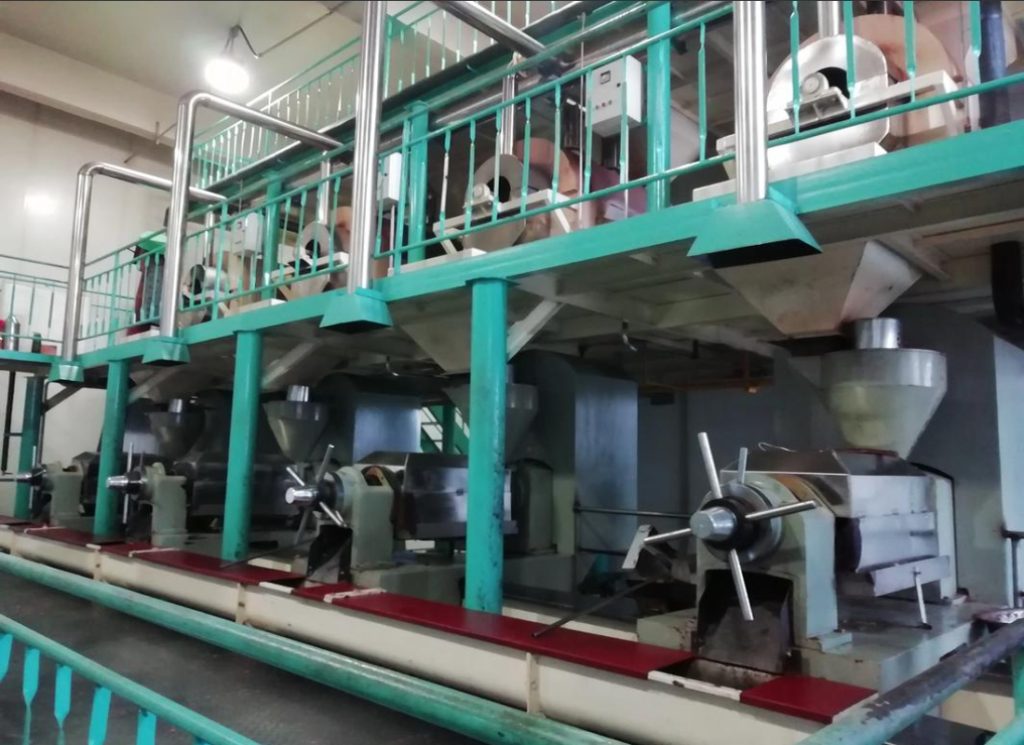

How Do You Choose the Right Type for Your Business?
Choosing the right type of oil refining machine comes down to an honest assessment of your business. The most important factor is your planned production capacity. You do not want to buy a machine that is too small for your needs, but you also do not want to pay for capacity you will never use. It is about finding the perfect fit for your current situation and future ambitions.
To make it simple, we have created a table to compare the three types across the most important factors for your decision. Use this as a guide to help you identify which system aligns best with your business plan.
| Feature | Batch Refinery | Semi-Continuous Refinery | Continuous Refinery |
|---|---|---|---|
| Capacity (Tons/Day) | 1 – 20 TPD | 20 – 50 TPD | 50 – 500+ TPD |
| Initial Investment | Low | Medium | High |
| Operating Cost (per ton) | High | Medium | Low |
| Flexibility | Very High | Medium | Low |
| Automation Level | Low (Manual) | Medium (Mixed) | High (PLC) |
| Ideal For | Start-ups, small mills | Growing businesses | Large corporations |
Real-world Example: A client of ours in Uganda started with one of our 5-ton-per-day batch systems for sunflower oil. After two years of successful operation, their brand grew. They then purchased a 20-ton-per-day semi-continuous system from us to meet the increased demand. This step-by-step growth is a smart strategy that we fully support.
Frequently Asked Questions
Question 1: I am just starting my oil business. Which refinery type is best?
For a start-up or small-scale business, a batch oil refining machine is almost always the best choice. It has the lowest initial investment, is very flexible for different oil types, and is simple to operate. It allows you to produce high-quality refined oil without a large upfront cost.
Question 2: Can I upgrade my refinery system later as my business grows?
Yes, absolutely. We design our systems to be modular. Many of our clients start with a small batch plant. As their production demand increases, they can add more capacity or upgrade to a semi-continuous system. We can help you plan for this future growth.
Question 3: Do I need a different refining machine for palm oil versus sunflower oil?
The core refining process is similar, but there can be important differences. For example, palm oil requires an additional step called fractionation to separate it into liquid olein and solid stearin. Our engineers customize the design of your refinery based on your specific raw material to ensure optimal results.
Summary and Recommendation
Choosing the right type of oil refining machine is critical for your success. The three main types—batch, semi-continuous, and continuous—each serve a specific business scale and need. Batch systems are perfect for small-scale, flexible production. Semi-continuous systems are ideal for growing, medium-sized businesses. Continuous systems are the solution for large-scale, industrial production.
The best decision comes from a clear understanding of your daily production needs and your budget. By matching the right technology to your business plan, you set yourself up for long-term profitability and growth.
Related recommendations
-
linseed oil refined
1189The significance of the refining machineWhy should flaxseed oil be filtered before useProcess flow of refining equipmentRefining machine for sale: equipment featuresThe multifunctional use of refining equipmentOil refining machineRubber refining ...
View details -
edible oil refining machine
1799Application fields and raw material analysis of oil filtersThe working principle of edible oil refining equipmentScope of application of palm oil refining machineProcess flow of refining equipmentClassification of oil filters: physical refining vs...
View details -
centrifugal oil filter
950Food oil refining equipmentThe characteristics of centrifugal oil filtersWhat are the advantages of a small refinerEdible Oil Filter Application ScopeThe advantages of centrifugal oil filtersWhen is a Centrifugal Filter the Best Choice For You?Fo...
View details -
edible oil refining equipment
1010Definition of RefinerClassification of refiners in different fieldsThe working principle of refining equipmentApplications of refining equipmentFor Your Small Oil BusinessFor Your Large Food CorporationRefiners for sale: Frequently Asked Question...
View details
 Oil Press Equipment and Oil Refining Machinery for Sale – Start Your Oil Press Business
Oil Press Equipment and Oil Refining Machinery for Sale – Start Your Oil Press Business
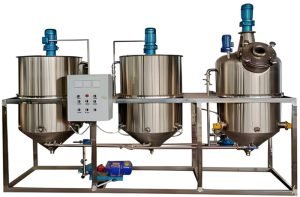
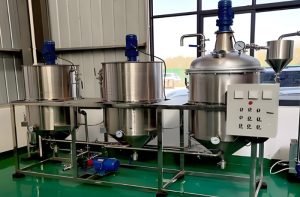
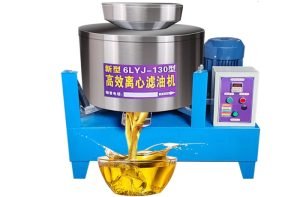
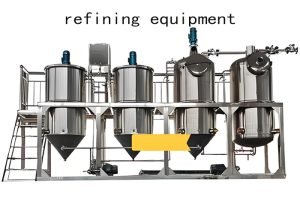
HelloPlease log in